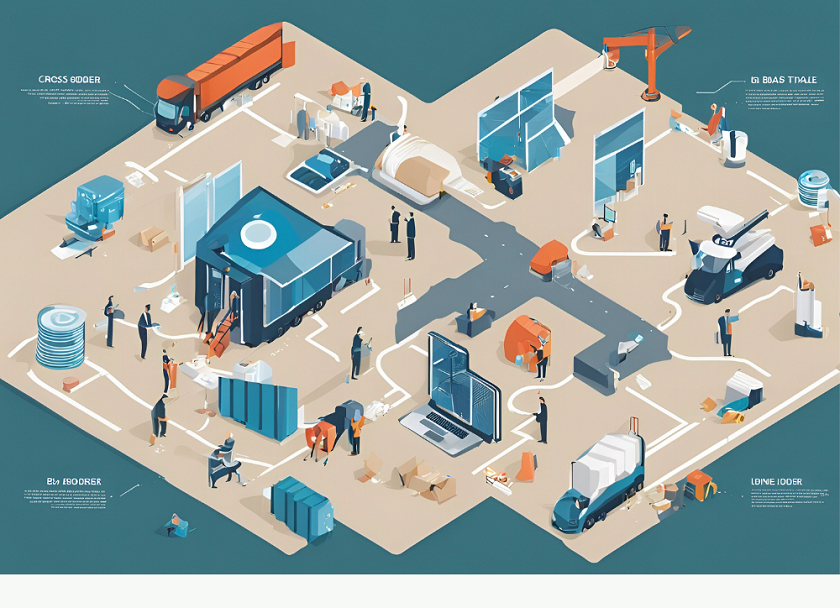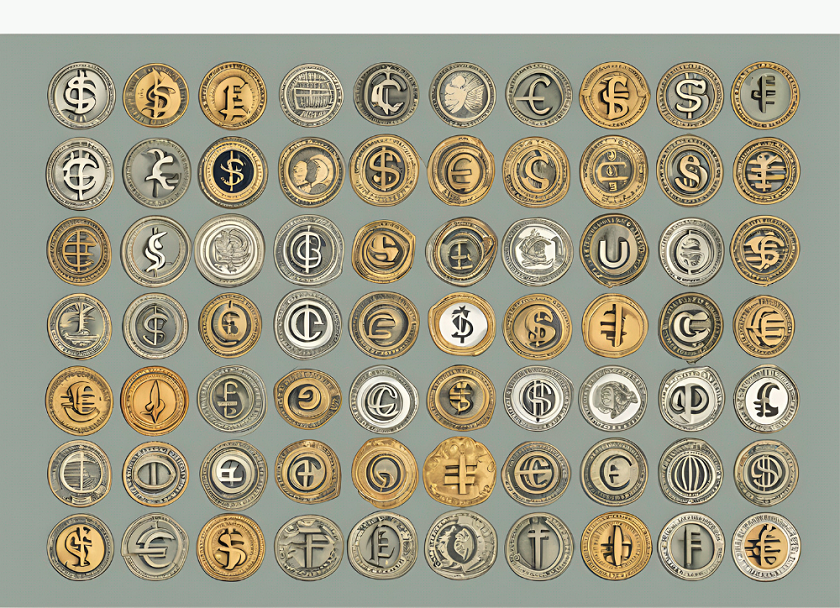B2B Cross-Border Payments Take off in the New Period
Author:XTransfer2024-08-23
In 2020, the worldwide volume of B2B cross-border payments was assessed to be more than $150 trillion, displaying these exchanges' gigantic scope and importance in the worldwide economy. B2B cross-border payments refer to monetary exchanges where companies transfer funds across global boundaries to settle trade invoices, finance supply chains, or oversee worldwide activities.
These payments are fundamental for worldwide exchange, permitting businesses to work consistently across nations and monetary standards. This paper will presents the mechanism, difficulties, and future patterns of B2B cross-border payments, featuring their important role in worldwide business activities.

1. Grasping B2B cross-border Payments
There are different sorts of B2B cross-border exchanges, including invoice payments, where companies pay for labor and products got from foreign providers; trade finance, which includes supporting worldwide exchange exercises through instruments like letters of credit; and supply chain funding, which gives working cash-flow to companies participated in worldwide supply chains.
2. Mechanism of B2B cross-border payments
Conventional methods for B2B cross-border payments incorporate wire transfers and letters of credit. Wire transfers are immediate bank-to-bank exchanges that can be costly because of intermediary charges and currency conversion costs. At present, new techniques have been developped such as digital payment platforms, blockchain technology, and cryptocurrencies.
Digital payment platforms like XTransfer offer quicker and more savvy answers for cross-border exchanges. Blockchain innovation improves transparency and security, empowering continuous tracking and reducing fraud risks. Cryptocurrencies give an option in contrast to conventional currencies, considering fast and cheap global exchanges. Banks and financial institutions are significant in working with these exchanges by giving the fundamental foundation, compliance frameworks, and risk management services to guarantee smooth and secure cross-border payments.
3. Challenges in B2B Cross-border Payments
Regulatory compliance represents a significant test in B2B cross-border payments. Companies should explore a complex exhibit of regulations that vary by country, including anti-money laundering (AML) regulations, know-your-customer (KYC) prerequisites, and other financial rules. This administrative intricacy can bring about inflated expenses and deferrals as companies endeavor to meet every legal obligations.
Furthermore, currency exchange risks take a chance with present critical obstacles. Variances in return rates might possibly lead to monetary misfortunes if not appropriately made due. These dangers require cautious observing and strict financial planning.

Transaction costs are another critical concern. Cross-border payments frequently cause high expenses from banks and financial institutions, including processing fees, intermediary bank charges, and unsatisfactory exchange rates. These expenses can make global trade more costly and less competitive.
Operational shortcomings further complicate B2B cross-border payments. Tending to these shortcomings is urgent for further developing cross-border payments' general efficiency and reliability.
4. Strategies for Conquering Difficulties
Harmonizing regulations across nations is fundamental for simplifying consistence in B2B cross-border payments. By pursuing standardized regulatory systems, companies can reduce the intricacy and cost of complying with different rules. This harmonization can be accomplished through global participation and agreements.
Hedging and risk management strategies are essential for overseeing currency exchange risks. This proactive methodology stabilize cash flows and safeguard net revenues. To decrease exchange costs, companies can use fintech solutions that offer lower expenses and more favorable exchange rates than conventional banks.
Moreover, negotiating better rates with financial service providers can additionally reduce expenses. Further increasing efficiency in the payment cycle is conceivable by adopting cutting-edge innovations. Automation, blockchain, and artificial intelligence (AI) can smooth out payment processes, reduce mistakes, and increment transparency, thus improving the reliability and speed of cross-border exchanges.
5. Future Trends in B2B cross-border payments
Digital development is ready to significantly affect B2B cross-border payments.

Advances like AI and blockchain are bringing a brand new view to the industry by empowering quicker, safer, and more productive transactions. AI can better prevent fraud risks and automate routine and mundane processes, while blockchain gives transparency and security through decentralized ledgers. Real-time payment systems including XTransfer are another emerging pattern. These systems lessen the time and vulnerability related with traditional payment techniques, permitting companies to work all the more easily with fewer worries.
Increased joint effort between banks, fintech companies, and regulators is supposed to shape the future of B2B cross-border payments. These partners can make more incorporated and effective payment environments that benefit all parties.
At last, there is a developing emphasis on sustainbility and ethical practices in cross-border payments. Companies are progressively looking to adopt green finance practices and guarantee their tasks in line with moral standards. This pattern mirrors a more extensive shift towards corporate responsibility and sustainability in the global economy.
6. Conclusion
All in all, B2B cross-border payments are essential to worldwide business operations, facilitating global exchange and financial development. Efficient B2B cross-border payments can altogether affect worldwide business activities by diminishing expenses, managing risks, and further developing exchange transparency and speed.
As innovation keeps on advancing, the potential for development in B2B cross-border payments is enormous, promising to additional drive business effectiveness and worldwide exchange. Embracing these headways will be fundamental for companies hoping to blossom in the undeniably interconnected worldwide commercial center.